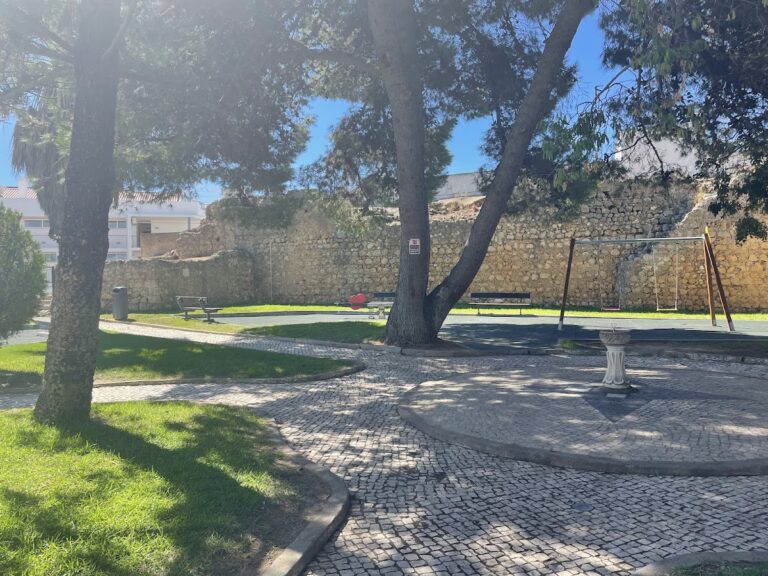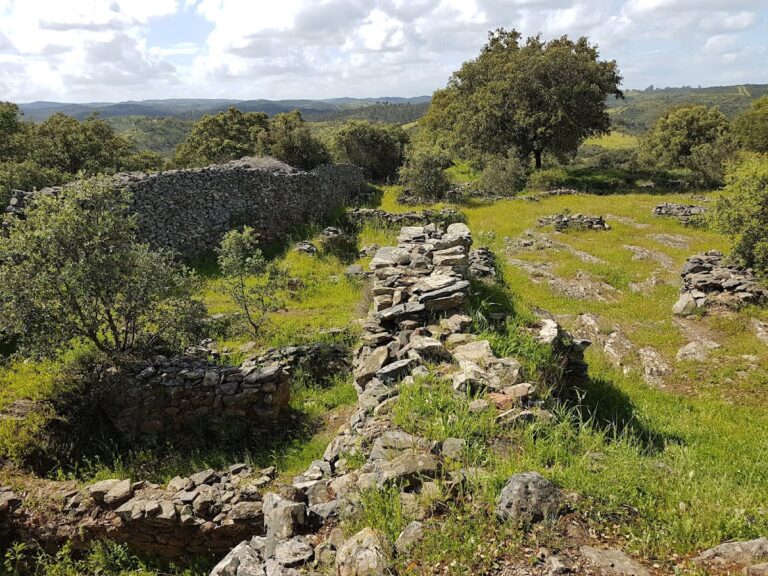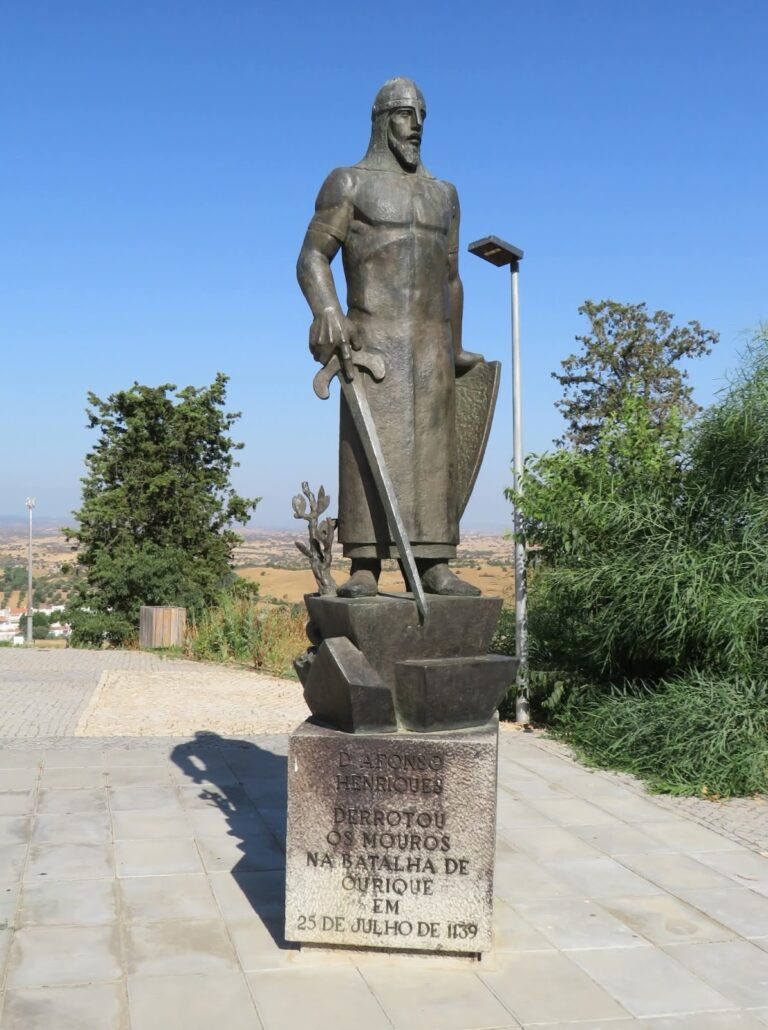Castle of Aljezur: A Historic Fortress in Portugal
Visitor Information
Google Rating: 4
Popularity: Medium
Google Maps: View on Google Maps
Official Website: www.cm-aljezur.pt
Country: Portugal
Civilization: Medieval European
Remains: Military
History
The Castle of Aljezur stands on a hill in the Faro District of Portugal, with evidence of human presence dating back to the Bronze and Iron Ages. Its origins trace to a Lusitanian castro, a type of fortified settlement, later used by the Romans as a watch post. The site’s strategic position controlled the Ribeira de Aljezur, a navigable river vital for communication between the Alentejo coast and western Algarve.
The castle itself was established in the 10th century during the medieval Islamic period, coinciding with the founding of the town of Aljezur. It formed part of the defensive network governed from Silves under the Almohad Caliphate in the 12th and 13th centuries. This fortress helped secure the region against Christian advances and maintained control over the river and surrounding lands.
Christian forces led by Paio Peres Correia of the Order of Santiago captured the castle in either 1242 or 1246. After the conquest, King Afonso III granted Aljezur and nearby areas to the Order of Santiago. He ordered repairs and additions to the castle, including the construction of military quarters to house the garrison. The castle’s importance was recognized in the 1267 Treaty of Badajoz, which mentioned it explicitly.
In 1280, King Dinis issued a foral, or charter, to Aljezur, formalizing its administrative status. The castle remained under the Order of Santiago’s control, with alcaides-mores (chief commanders) appointed by noble families overseeing its defense. However, by the 15th century, the fortress had fallen into serious disrepair, with walls and gates damaged and the structure largely neglected.
Although King Manuel I planned restoration efforts in the early 16th century, these were never fully realized. The castle was abandoned as the Ribeira de Aljezur silted up, reducing river navigation and diminishing the site’s strategic value. Over time, the fortress fell into deep ruin.
The 1755 earthquake caused severe damage to the remaining structures and interior spaces. In the 20th century, restoration work took place between 1940 and 1941, focusing mainly on the castle walls during national commemorations. Later archaeological surveys and conservation projects in the late 20th and early 21st centuries aimed to stabilize the ruins and clarify the original layout. The castle was officially classified as a Property of Public Interest in 1977, and a Special Protection Zone was created in 2010 to safeguard the site.
Remains
The Castle of Aljezur occupies an isolated hill about 88 meters high, overlooking the oldest part of the town and the Ribeira de Aljezur valley. Its layout is an irregular polygon, roughly octagonal, shaped to fit the natural terrain. The walls are straight, about 1.5 meters thick and between 3 and 5 meters tall, originally likely topped with battlements.
Two large towers reinforce the walls at opposite ends. The northern tower is circular, approximately 5 meters in diameter and 9 meters high, guarding the only entrance on the northeast side. The southern tower is quadrangular, measuring nearly 5 by 4.4 meters, with a similar height. Access to the castle is through a single gate on the northwest side, near which a commemorative plaque from the 1940s restoration is placed.
Remains of a barbican, a low defensive wall less than one meter high, survive on the northwest slope. Additional wall fragments are visible on the western side. Inside, the courtyard contains a roughly cubic cistern with a vaulted roof and arched doorway, now filled with debris. Several trapezoidal and rectangular rooms adjoin the walls, likely serving as military quarters or storage.
Two silos carved directly into the rock indicate the castle’s role in collective food storage. The interior also preserves natural rocky outcrops, some rising above the height of the walls. The fortress was designed to accommodate a small garrison rather than a large force.
Archaeological excavations uncovered artifacts from multiple periods. Bronze Age ceramics, including carinated bowls and containers, were found alongside Iron Age and Roman materials such as fine black and Campanian ceramics and amphora fragments from the Italian Peninsula and Mediterranean. Medieval Islamic finds include coins, metal objects, and glazed pottery like jars, pitchers, bowls, and cooking vessels.
Faunal remains from the Islamic period reveal a varied diet with fish, domesticated and wild mammals such as deer, and estuarine and marine mollusks. These remains reflect economic activities including fishing, agriculture, hunting, and shellfish gathering. Evidence of iron smelting slag shows that ironworking took place during the Islamic occupation.
Restoration and conservation efforts in the 20th and 21st centuries have repaired walls, stabilized foundations, and conducted archaeological surveys. Plans have been made to preserve the site and enhance understanding of its historical layers.










